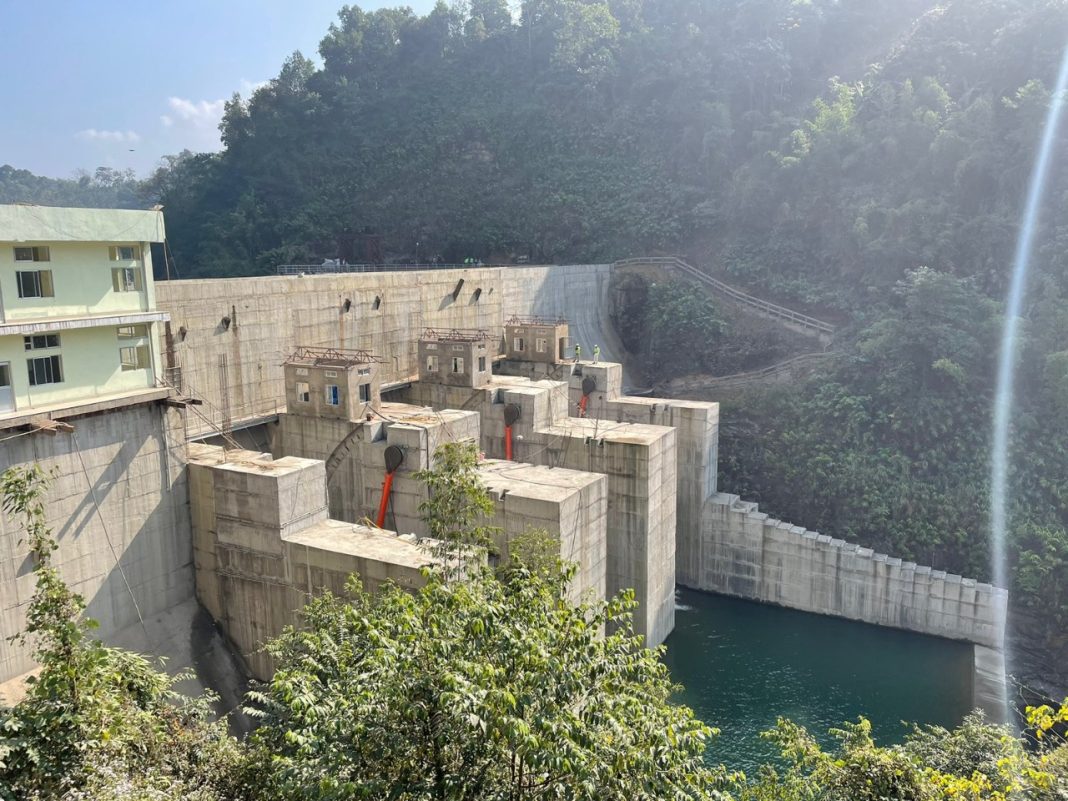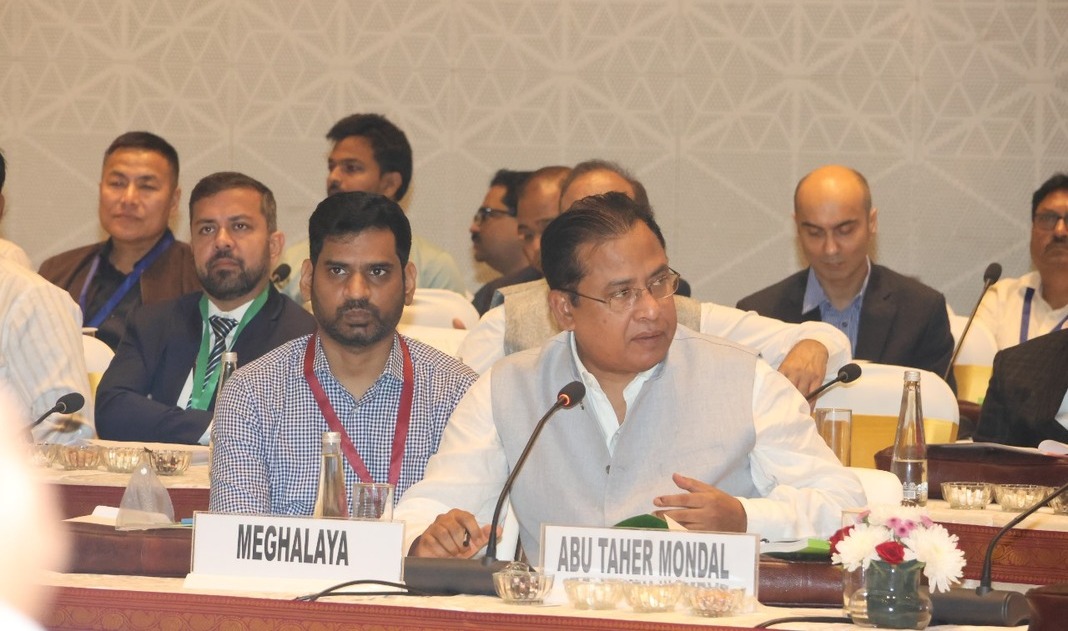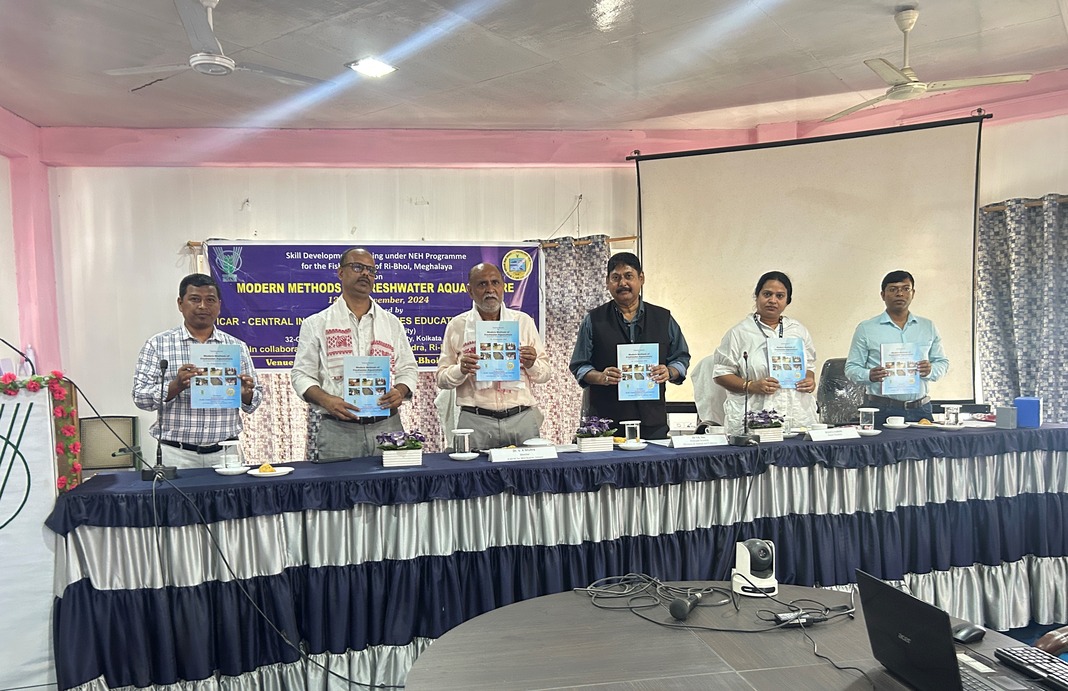By ROOPAK GOSWAMI
Shillong, Nov 13: As Meghalaya grapples with frequent power cuts, the state is rolling out a strategic blueprint to provide reliable, continuous power to its residents.
The Resource Adequacy Plan (2024-32), prepared by the Central Electricity Authority (CEA), sets forth a balanced approach to meeting Meghalaya’s rising electricity needs while keeping costs manageable and minimizing environmental impacts.
“Meghalaya will have to carefully blend renewable and non-renewable sources, to provide sustainable, reliable energy while managing costs and minimizing environmental impact” according to the Resource Adequacy Plan(2024-32) prepared by Central Electricity Authority(CEA).
Resource Adequacy is a mechanism to ensure that there is an adequate supply of generation resources to serve expected demand reliably at least cost.
The plan reveals how Meghalaya will increase coal capacity to meet peak seasonal demand, particularly in the colder months from November to February, while maintaining a strong reliance on renewable sources, especially hydropower, for most of the year. This hybrid strategy aims to stabilize the grid and provide a sustainable solution to the state’s unique energy challenges.
Electricity demand in Meghalaya is highly seasonal, with peaks in winter due to increased heating needs. Currently, 39% of the state’s power goes to industrial use, 34% to household consumption, and the rest to commercial and other applications. The highest demand occurs from November to February, placing significant pressure on the grid, while the lowest demand falls between June and September during the monsoon season. This seasonal variability makes it difficult to ensure reliable power supply year-round.
Hydropower forms the core of Meghalaya’s energy supply, comprising 74% of contracted capacity as of 2023, a high share that helps the state meet its Renewable Purchase Obligations (RPO). However, reliance on hydropower alone is not sufficient to meet peak demand reliably, as it depends on water availability, which can be limited during dry seasons. To ensure continuous supply, the CEA’s plan calls for coal to play a more significant role, growing from its current 5% share to around 23% of the power mix by 2032, adding 243 MW of coal-based capacity to cover high-demand periods in winter.
This coal expansion will help stabilize supply when renewable sources fall short, particularly during peak season, but the plan emphasizes minimizing coal’s use during off-peak months. From June to October, when demand is lower, the state could have surplus energy—ranging from 26 MW to 140 MW—that can be shared with neighboring states through short-term contracts, reducing costs and improving grid efficiency.
To handle demand variability without overcommitting to long-term infrastructure, Meghalaya plans to increase its use of short-term open access (STOA) markets. This approach provides the flexibility to buy additional power only when needed, particularly in peak months, without the financial burden of building and maintaining excess capacity. By 2032, around 80 MW of STOA contracts will help Meghalaya cover winter demand peaks cost-effectively, allowing the state to manage power needs dynamically.
A key feature of Meghalaya’s energy plan is its alignment with national renewable targets. The state is already positioned to meet its RPO goals, thanks to hydropower and biomass, and does not require additional renewable investments to reach its targets by 2030. By 2032, non-fossil sources (hydro and biomass) are projected to make up 61% of Meghalaya’s capacity, a slight decrease from 76% in 2023, mainly due to the addition of coal to balance peak demand.
While the Resource Adequacy Plan lays out a path for sustainable energy growth, it does not entirely eliminate the risk of load-shedding during peak demand. The CEA projects an annual energy shortfall of 390 to 784 million units (MU) between 2024 and 2032, suggesting potential demand-supply gaps during the winter months. This reflects the limitations posed by seasonal demand surges and hydropower’s variability, meaning load-shedding may still be a concern in high-demand periods.
Through a careful blend of coal for peak demand and renewables for most of the year, Meghalaya’s Resource Adequacy Plan aims to balance growth with environmental sustainability, setting a precedent for other states managing similar seasonal energy challenges. The strategy reflects Meghalaya’s commitment to securing a stable power future for its residents while staying aligned with India’s renewable energy goal.




